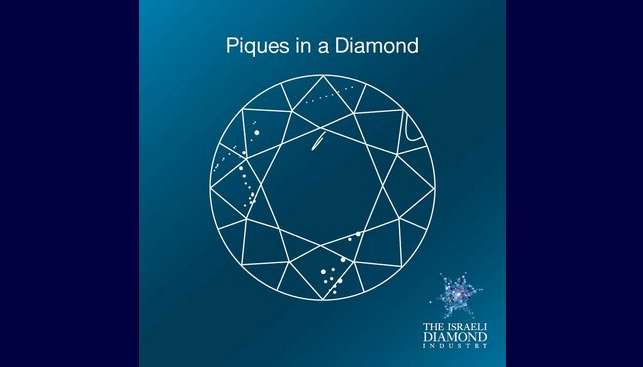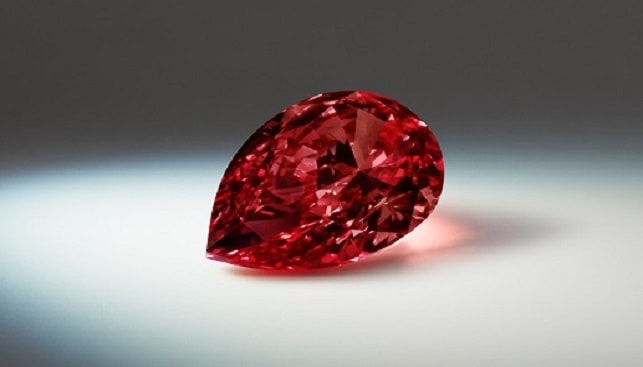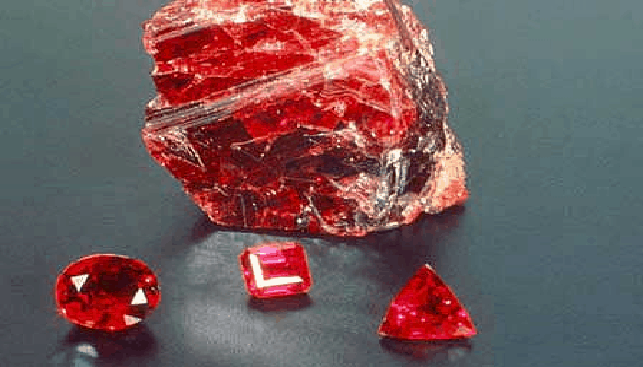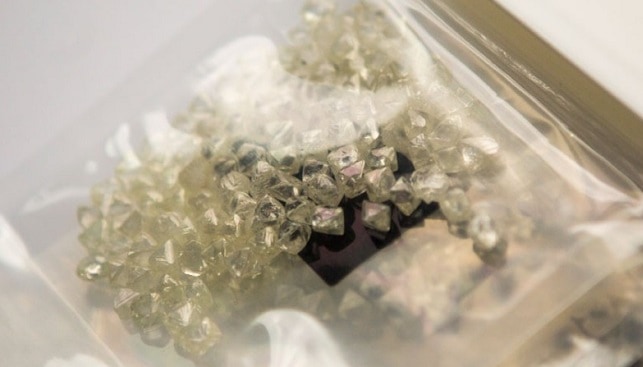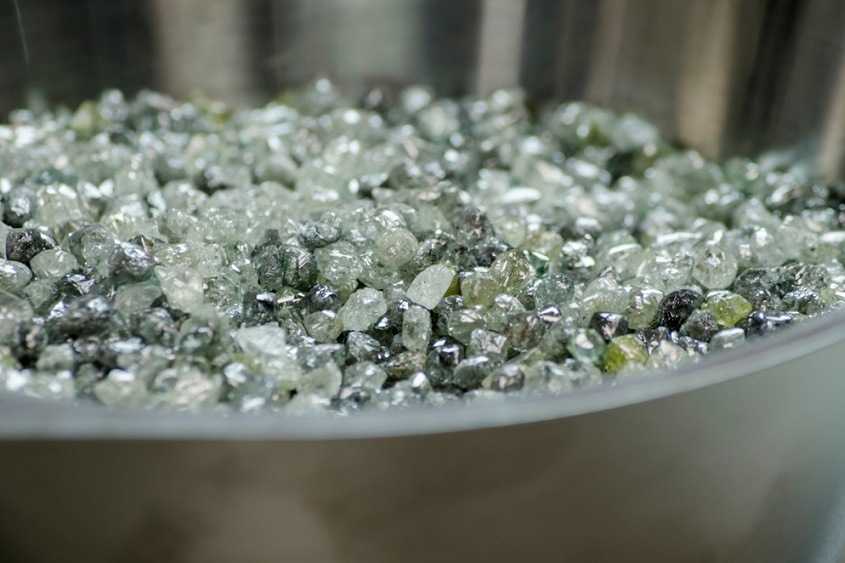The diamond, which is created from carbon crystal deep underground in very unusual and difficult conditions, is not usually a clean crystal. Its chemical structure and the way it comes into being result in it containing various alien substances. When it is subject to massive pressure, the crystal can become deformed in its structure, causing external faults such as cracks.
These have an adverse effect on the clarity and beauty of the diamond. When the diamond is polished, attempts are made to minimize the effects of the cracks and draw them out of the polished diamond, with consideration of their placement and the shape of the rough diamond.
External faults: On the exterior of a diamond there are external faults. These are generally easier to deal with while internal faults are harder to deal with.
Internal faults: Inclusions occur inside the diamond, and drawing them out and eliminating them entail losing more of the diamond’s carats. A general term for internal faults, which have the appearance of black dots, is piques, which comes from French.
There is a further level of classification for black and white dots, but piques is the commonly accepted term. According to the European classification system for levels of clarity in polished diamonds, the three lower levels belong to the pique group of diamonds with faults: P1, P2, P3, or 1st Pique, 2nd Pique, 3rd Pique. The parallel American classification system of the GIA categorizes them as clarity levels I1, I2, I3, with the letter I standing for ‘Inclusion.

